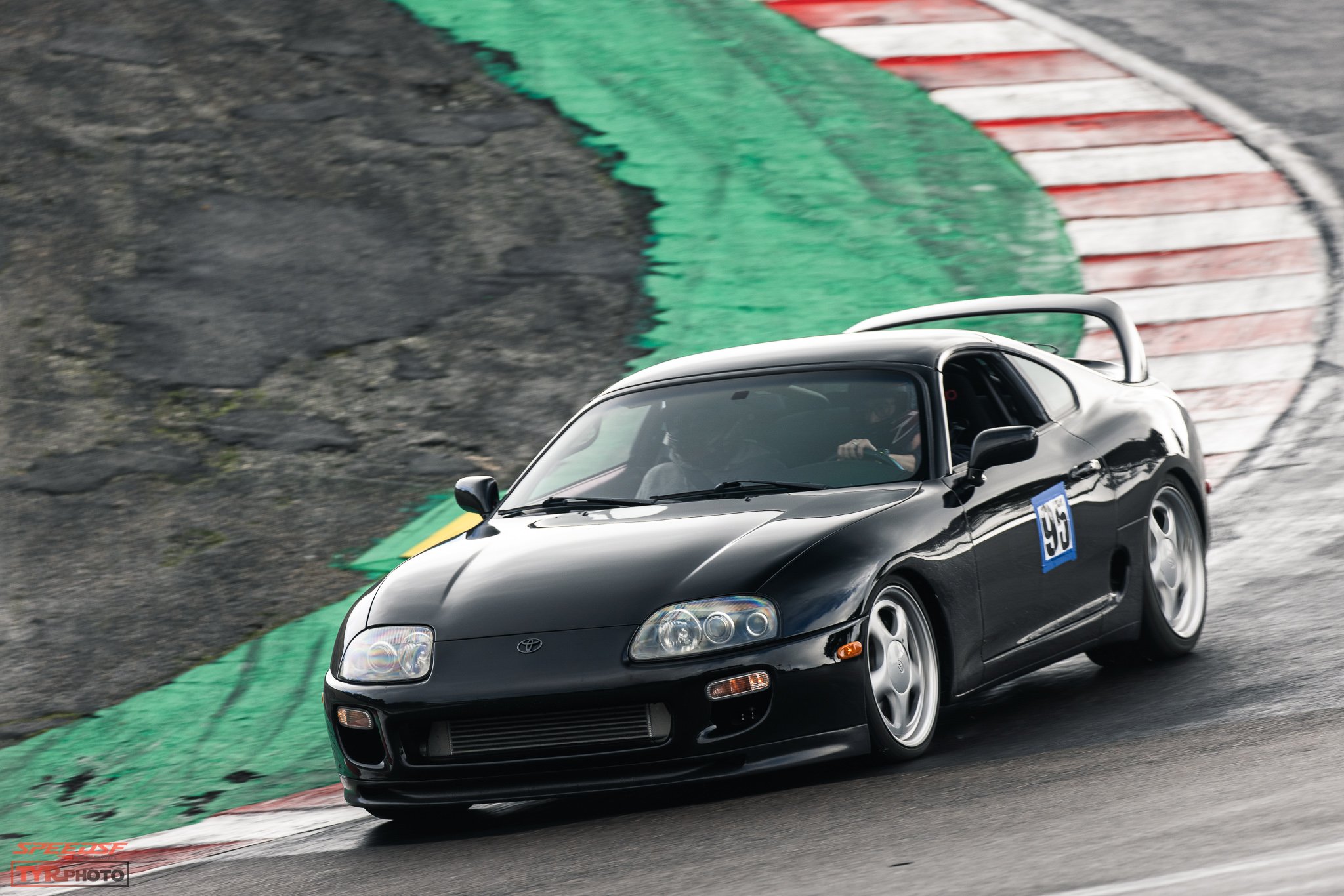
SpeedSF Blog
Every Build Has a Story – Meet the Cars of SpeedSF

Hubert's MKIV Supra: Soft Spot
After failing to find an E30 M3 to begin tracking, Hubert decided he’d get his HPDE start in a fourth-generation Supra Turbo: the slinky grand tourer he fell in love with during his teenage street racing days.

Legend's Supra: Big Brain Move
Legend wisely picked a platform he could grow into. Rather than dump big dough on mods, he did the bare minimum with setup and spent his time in the seat, not underneath the car.
